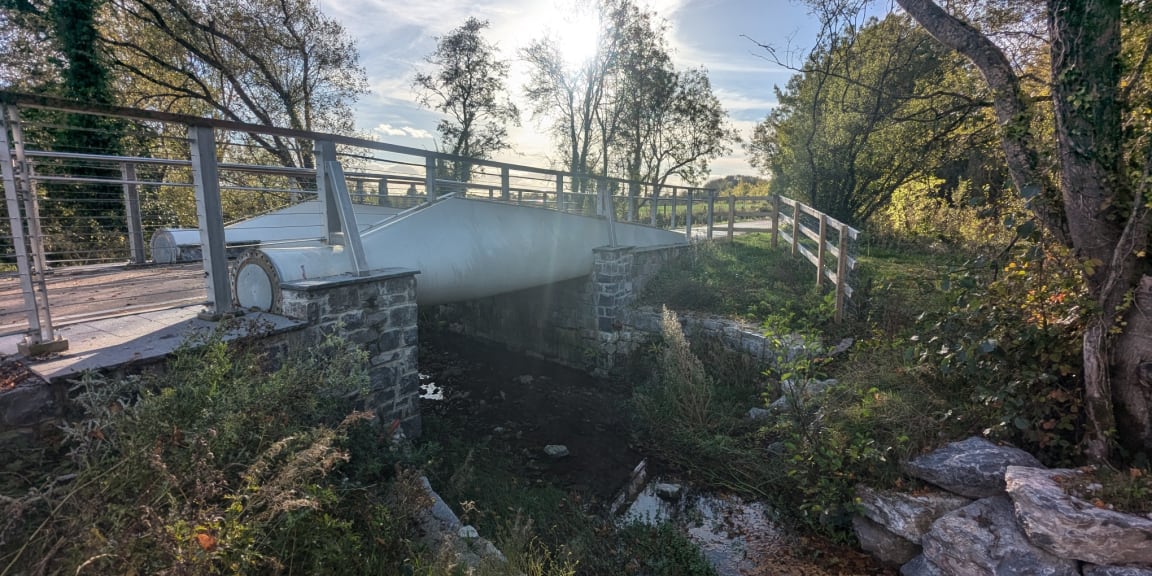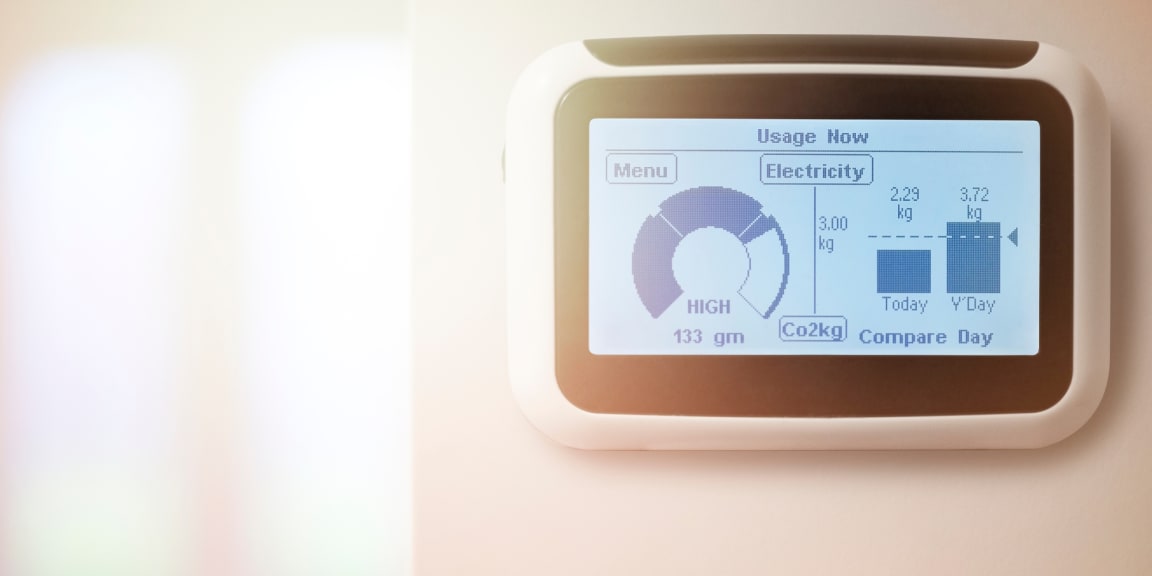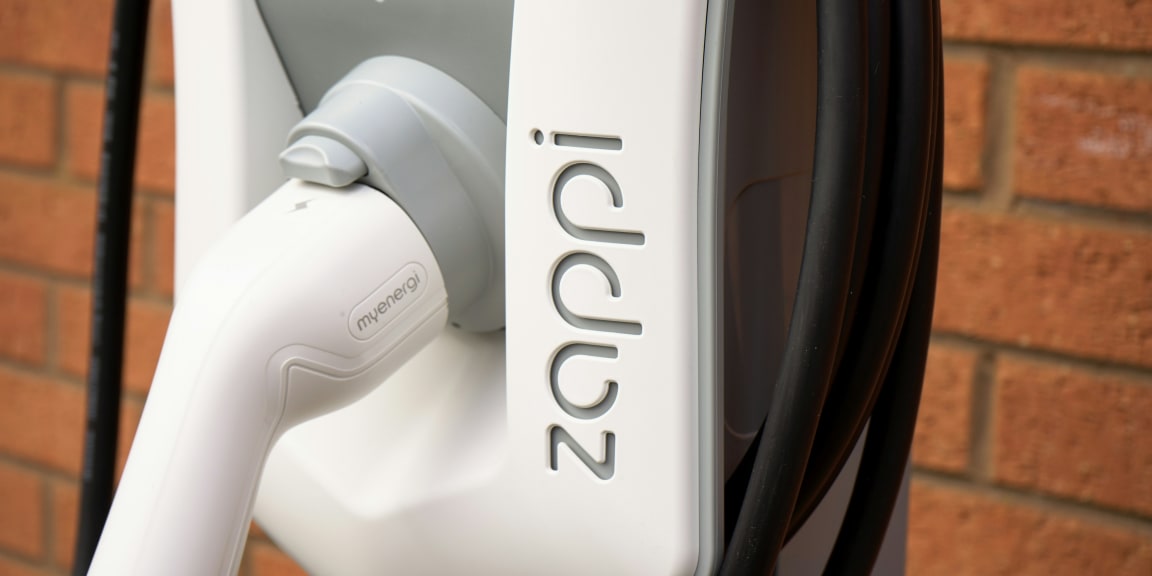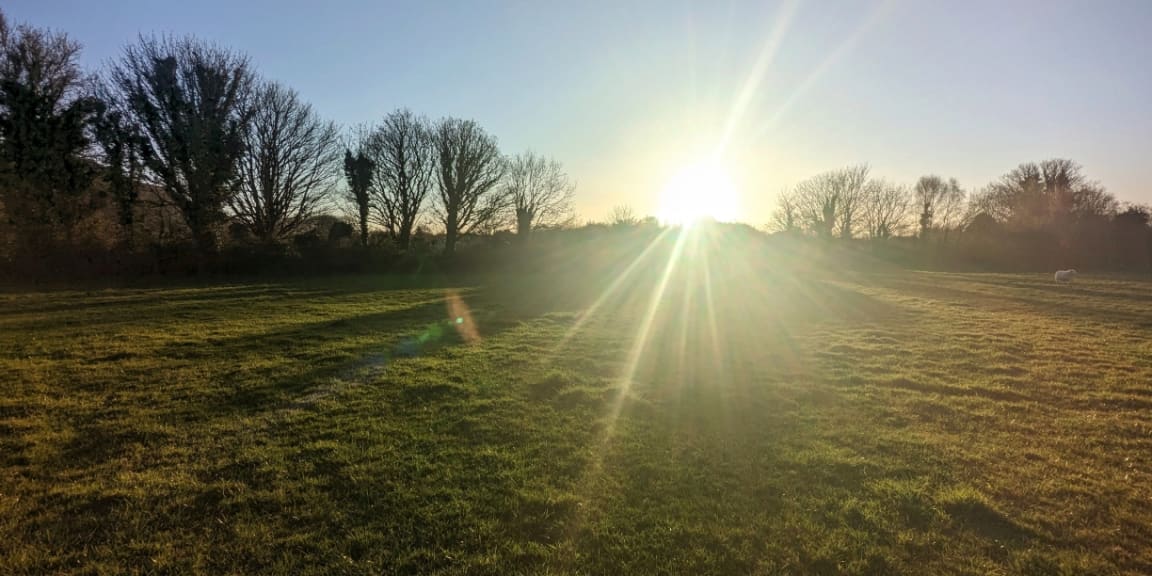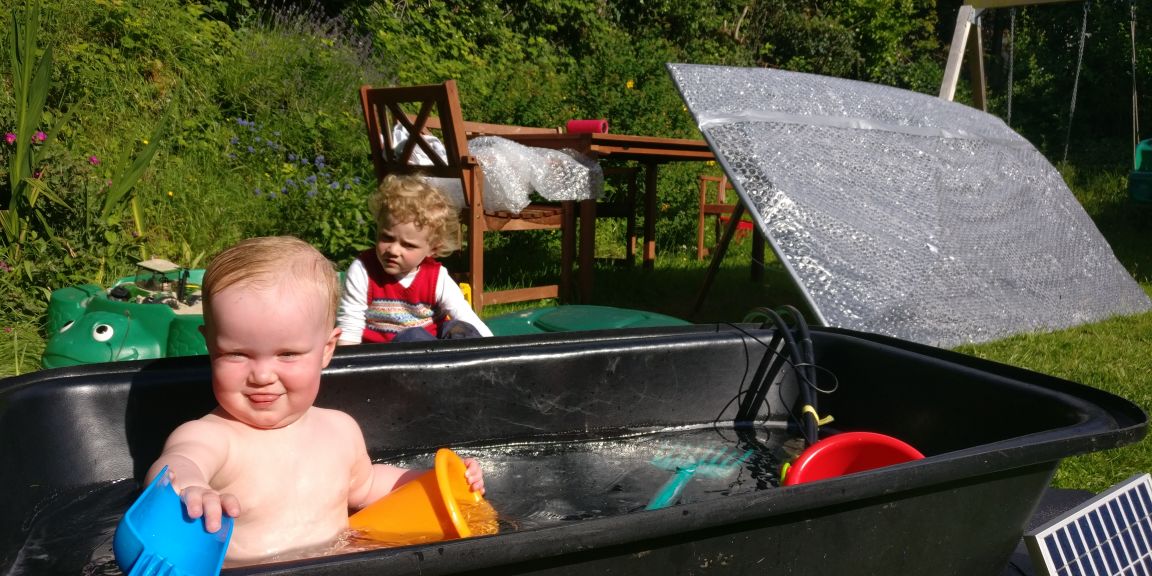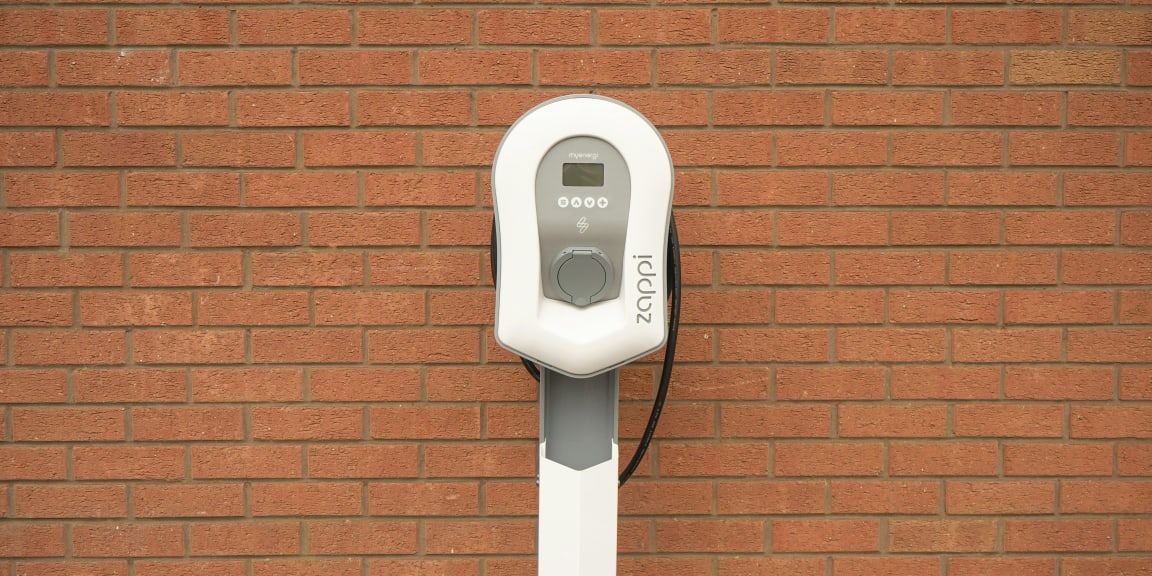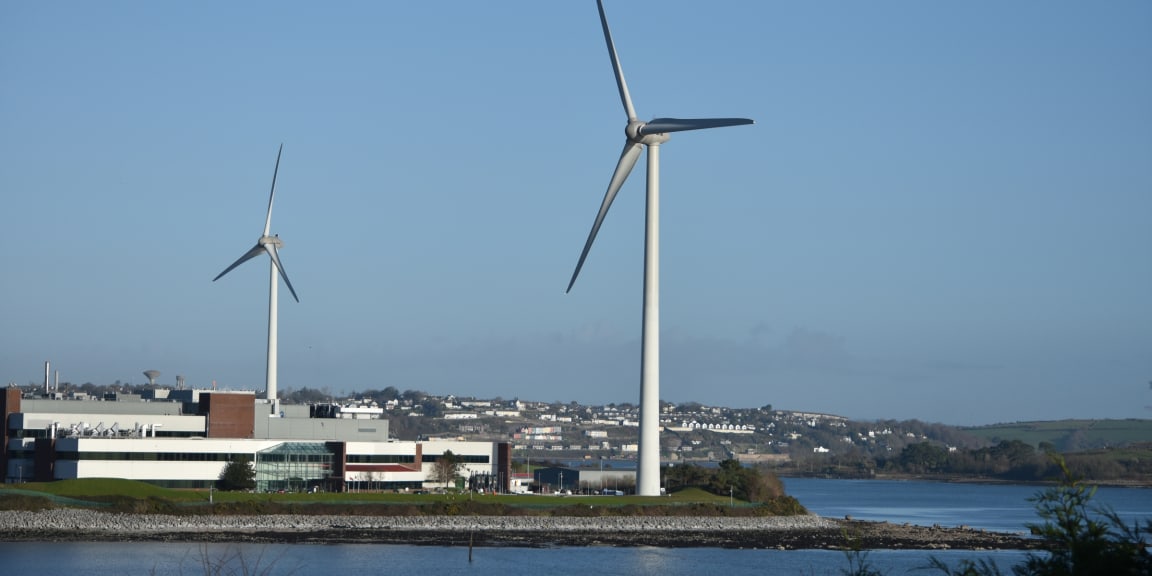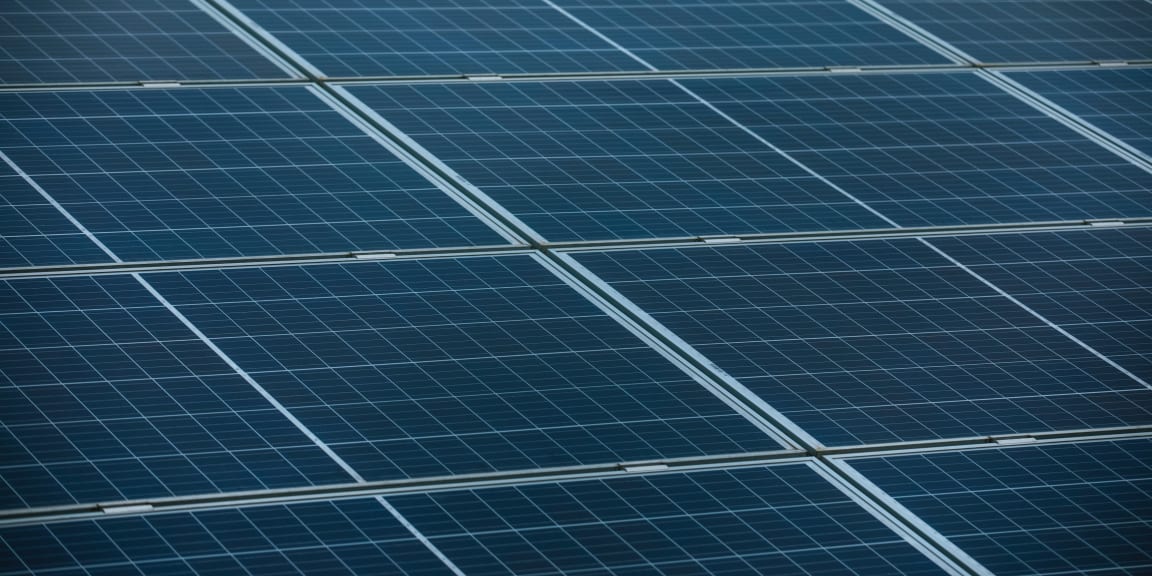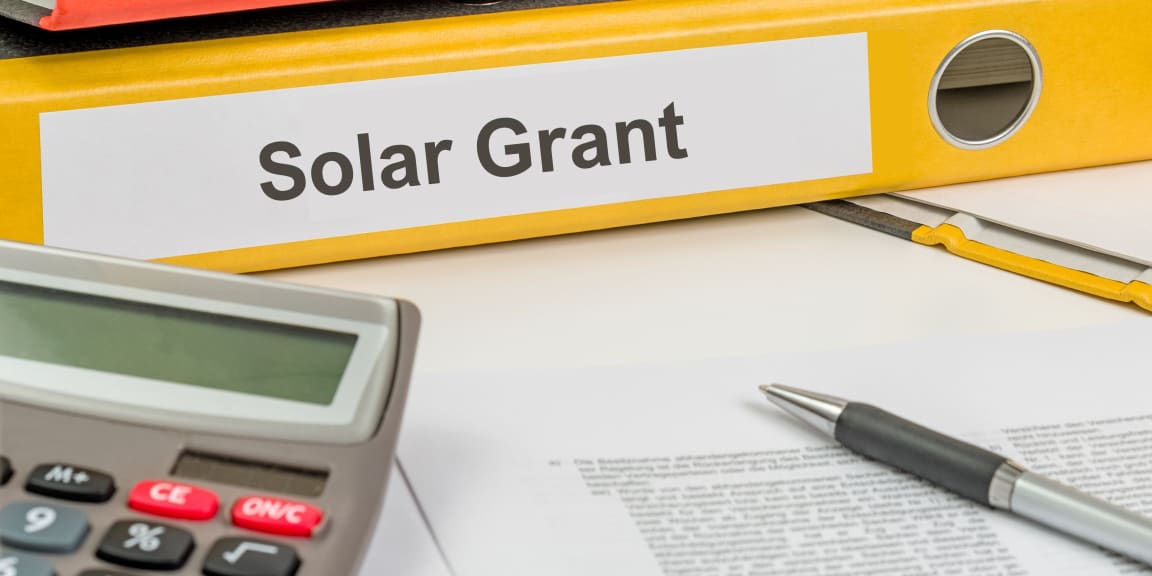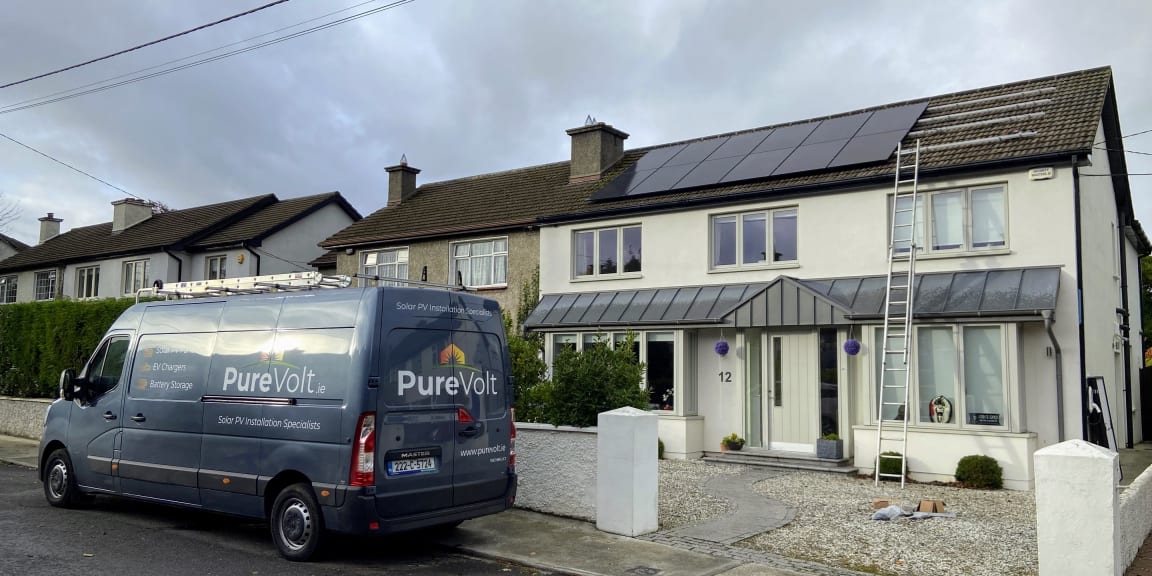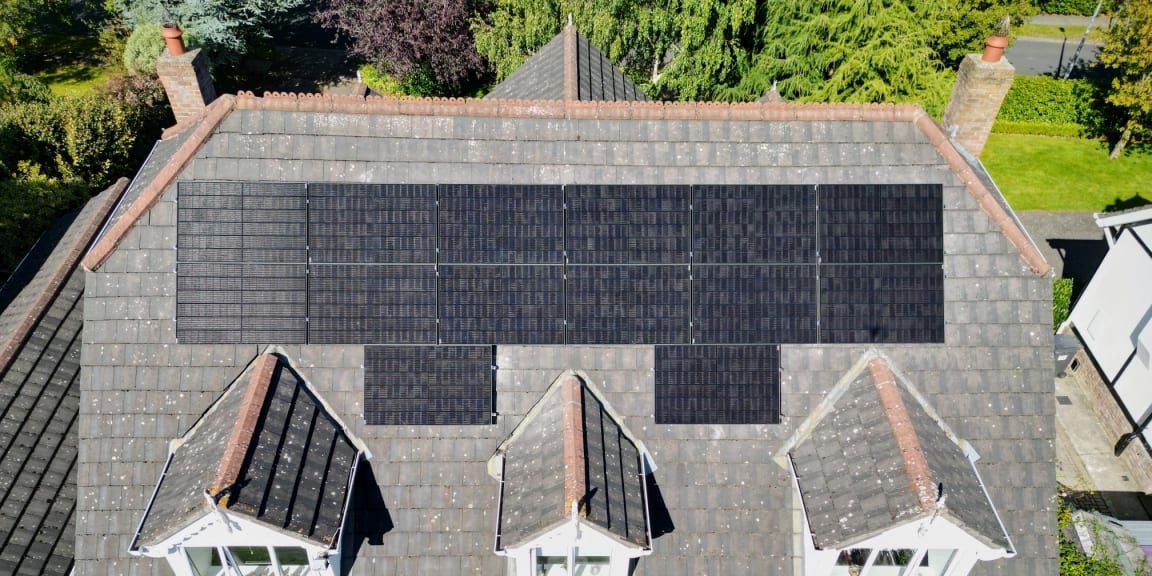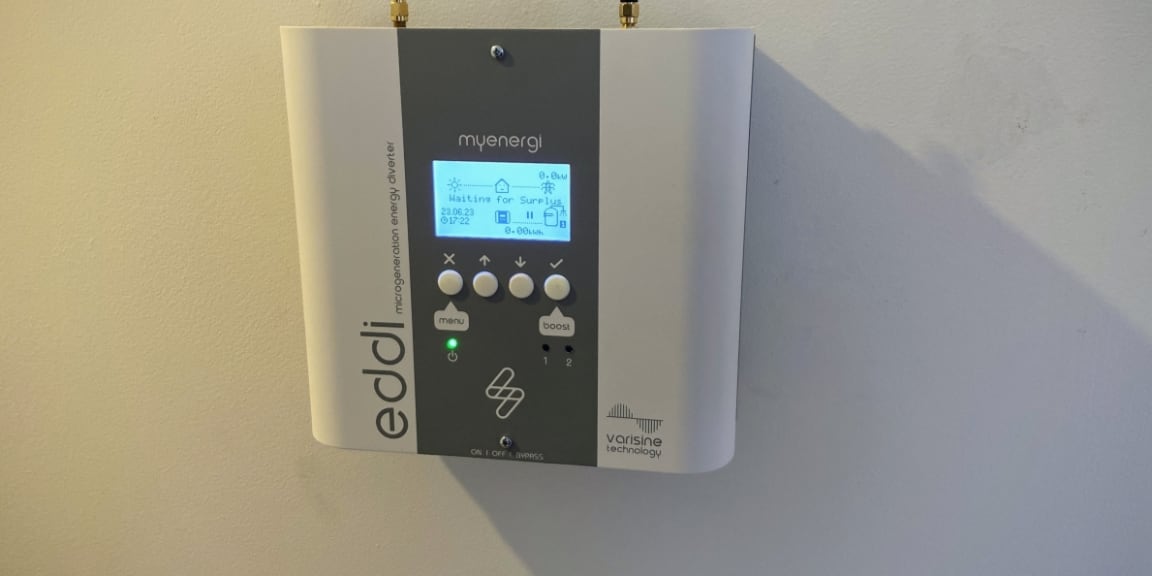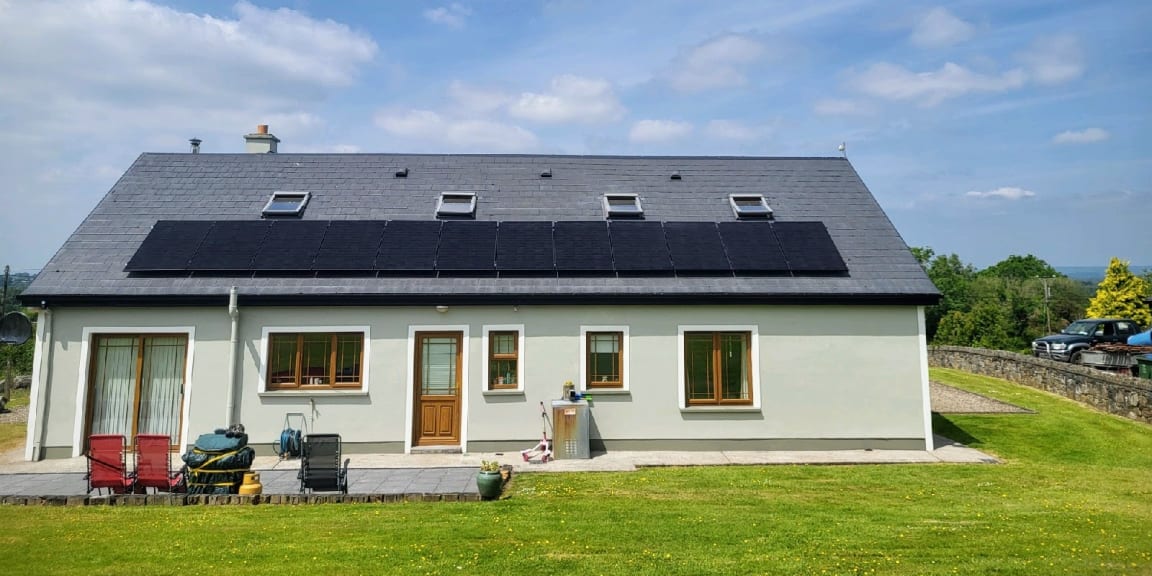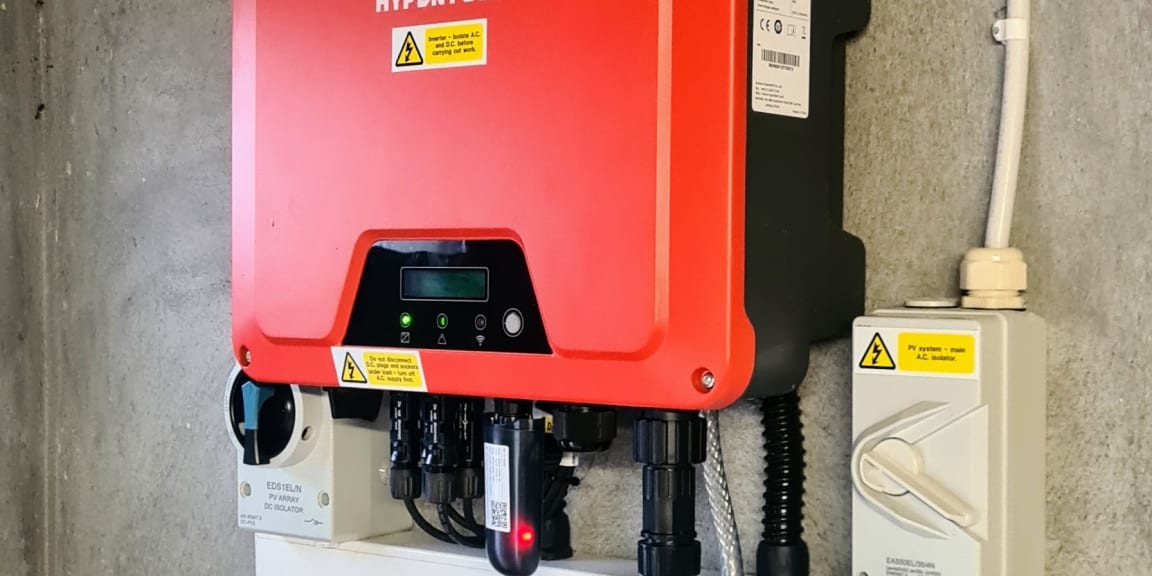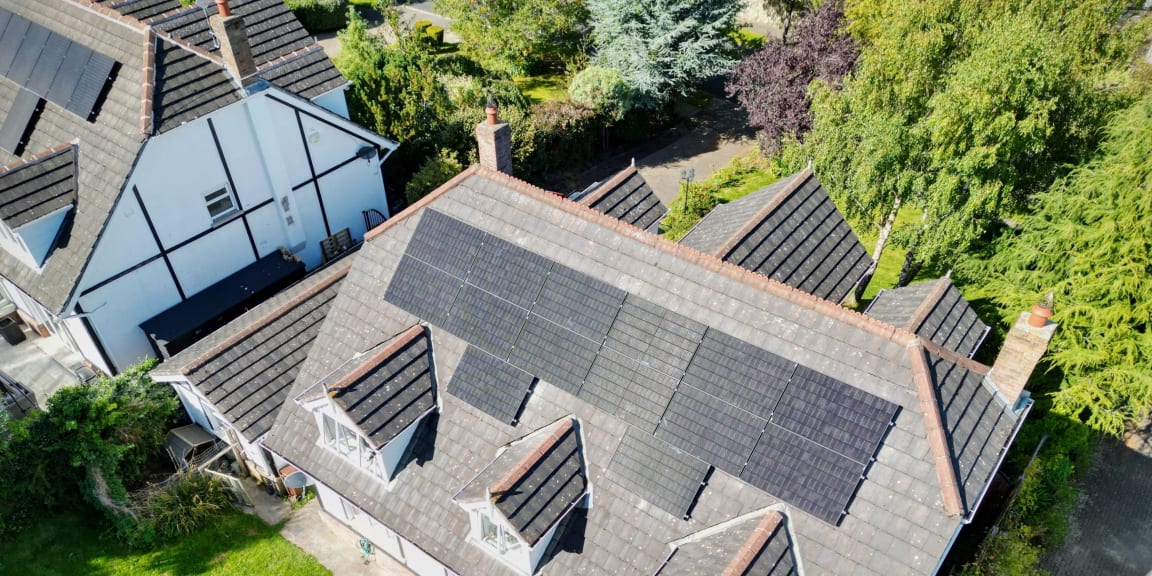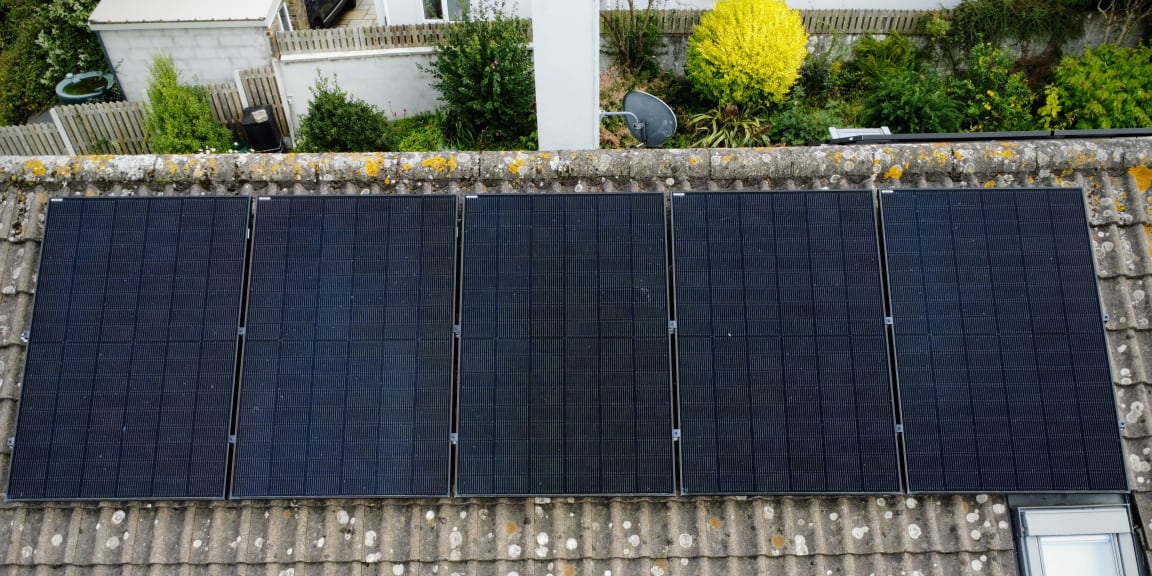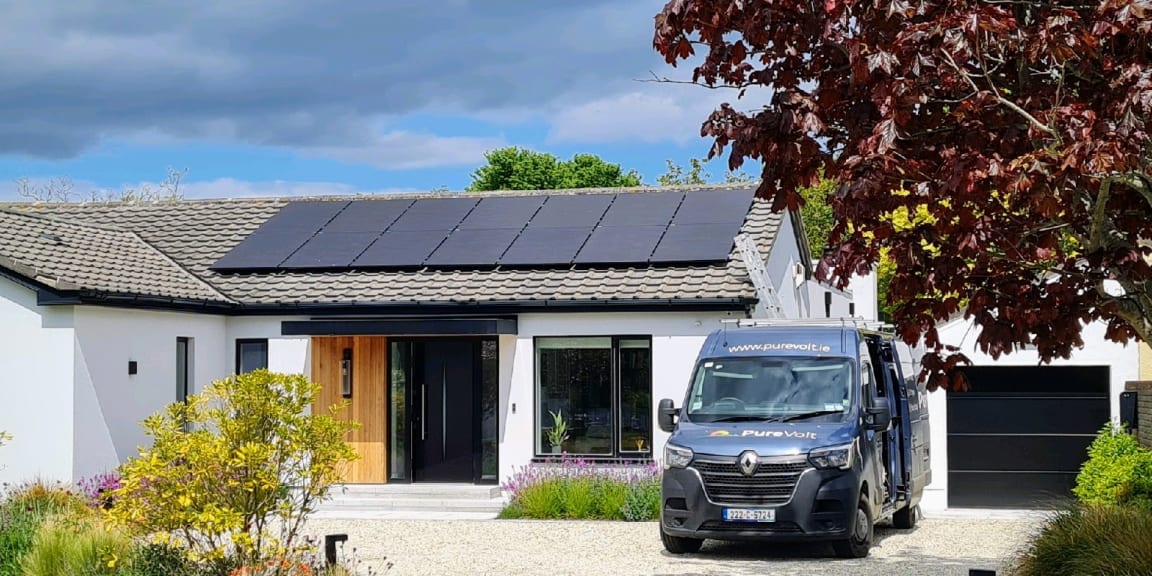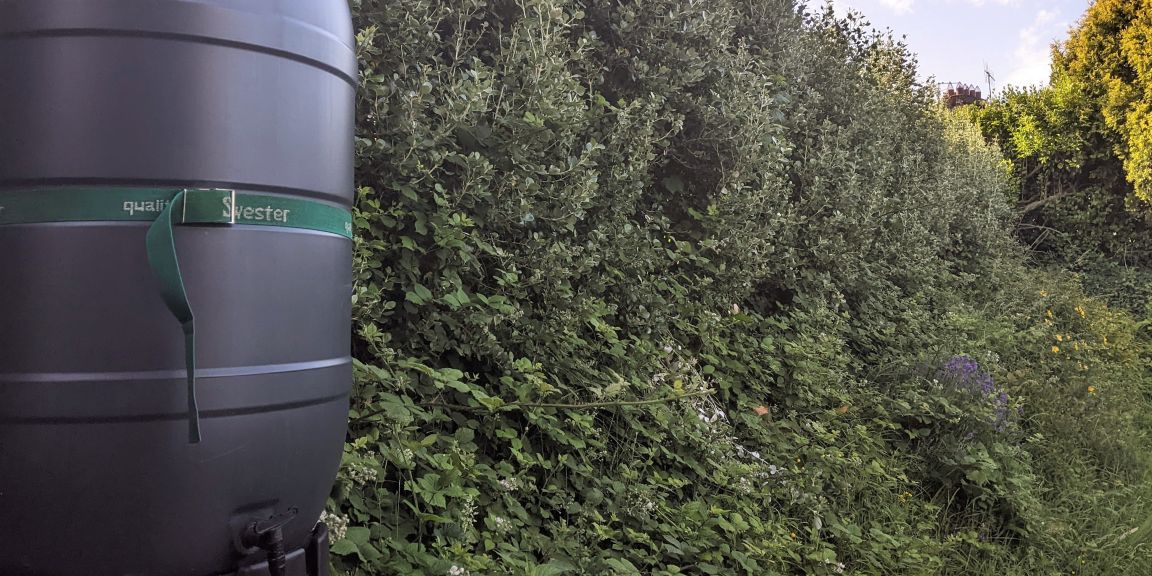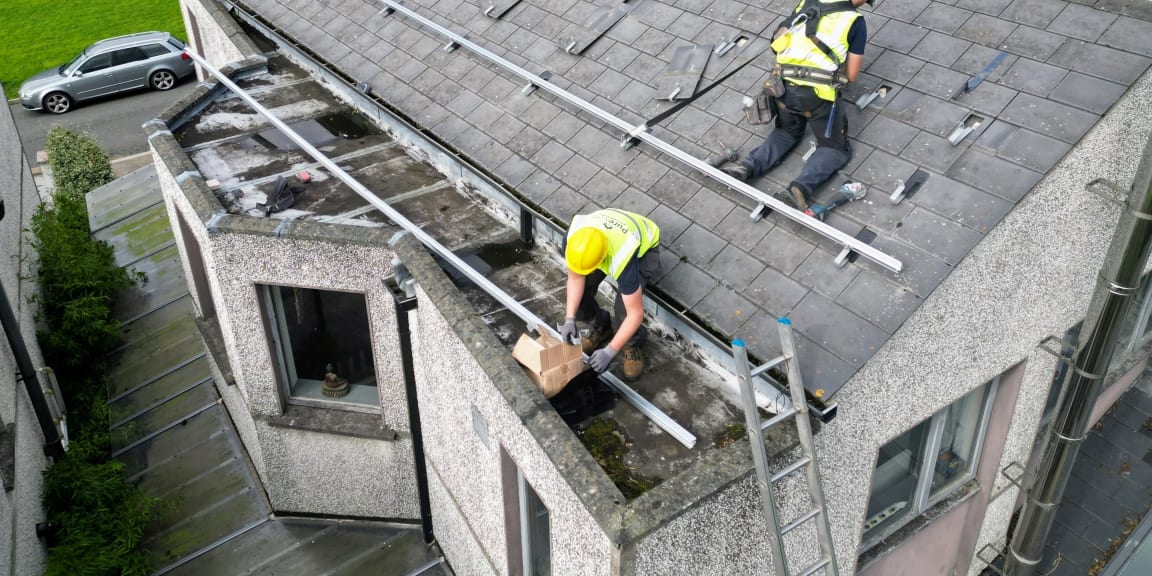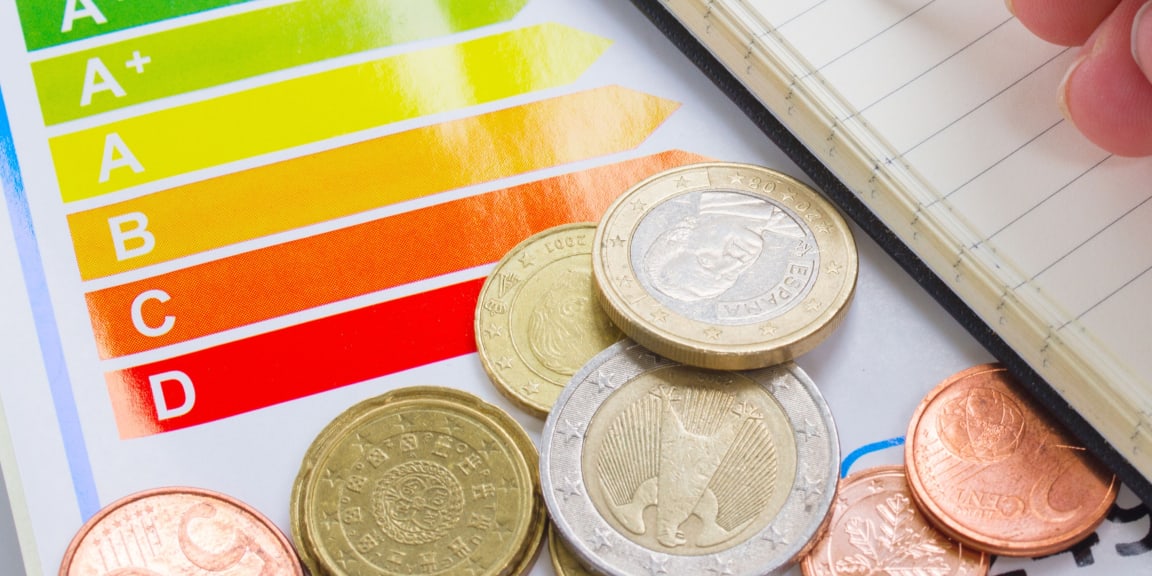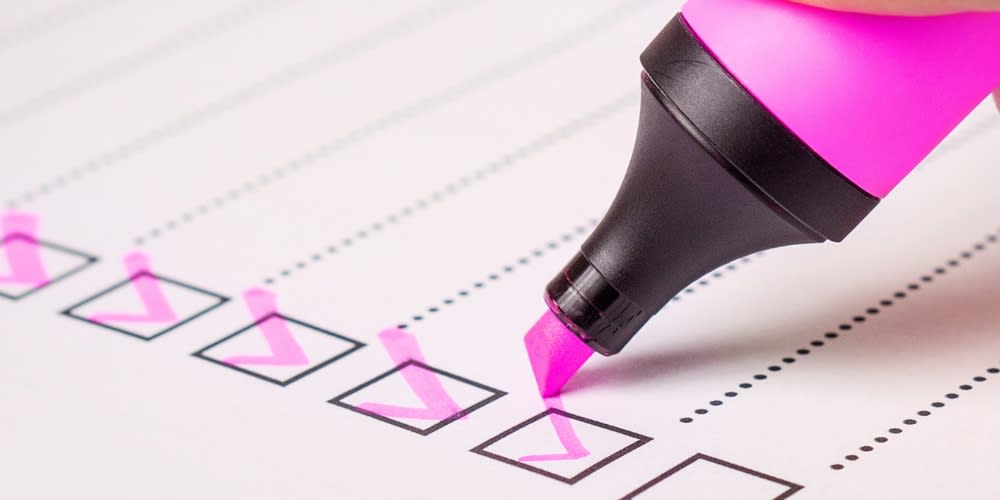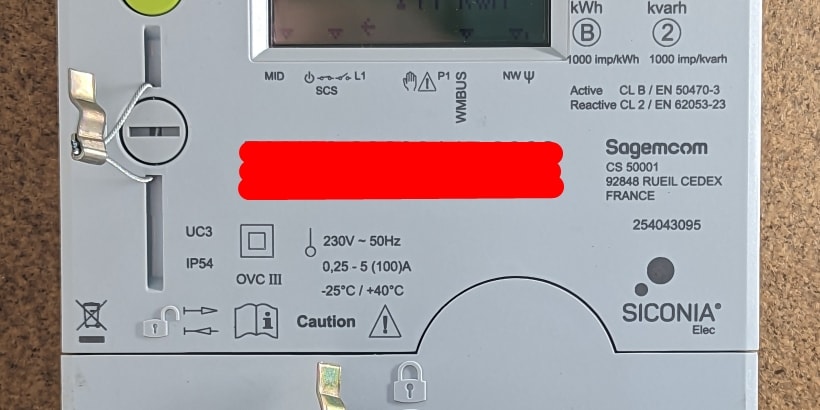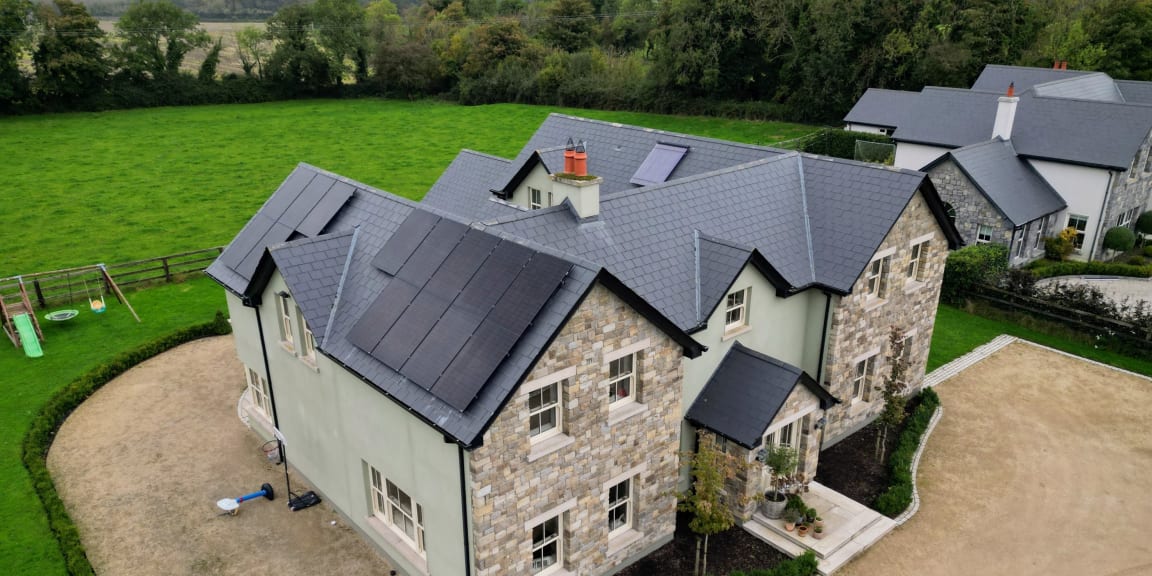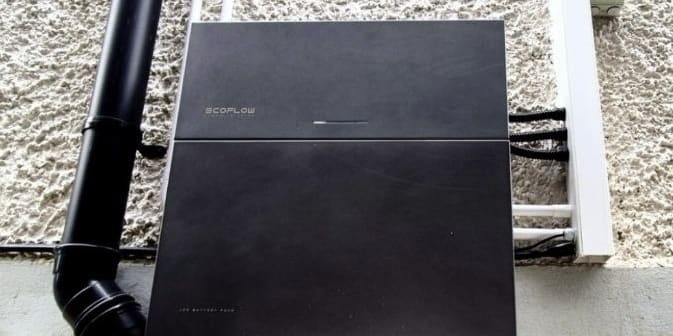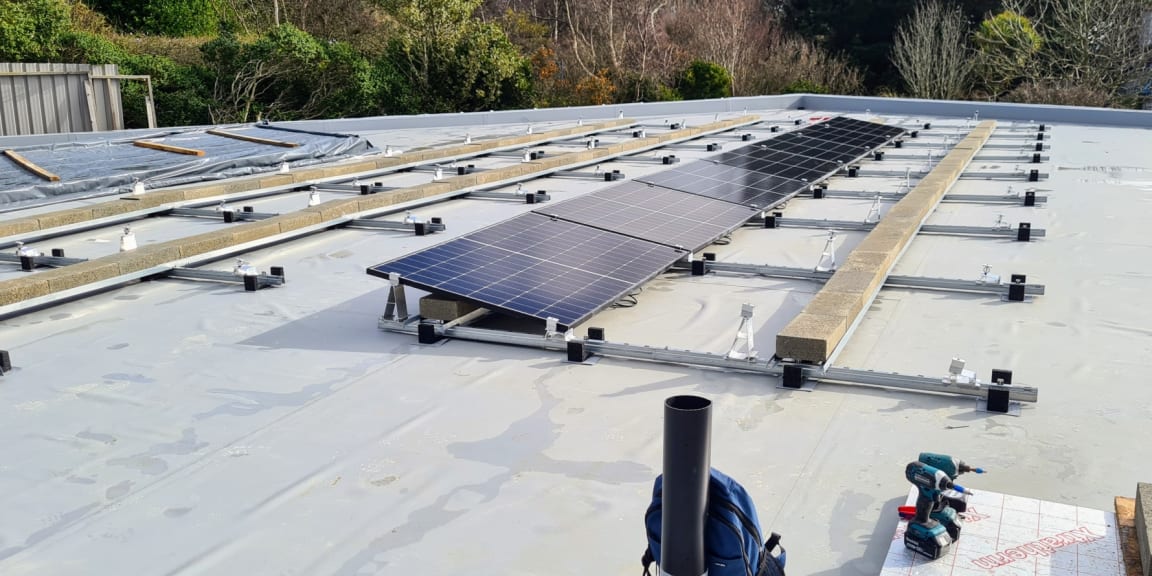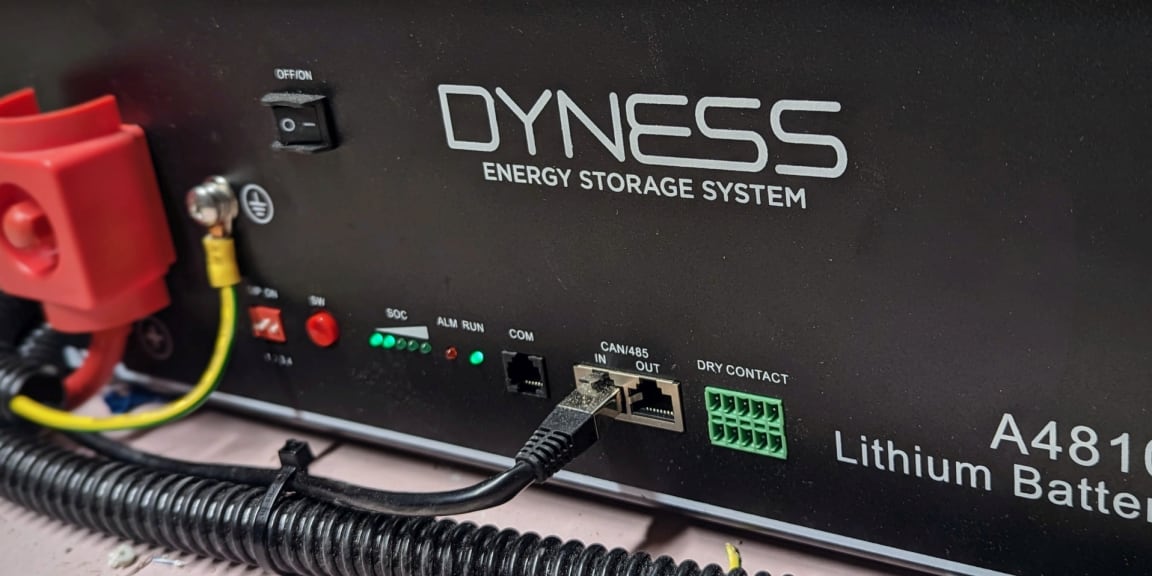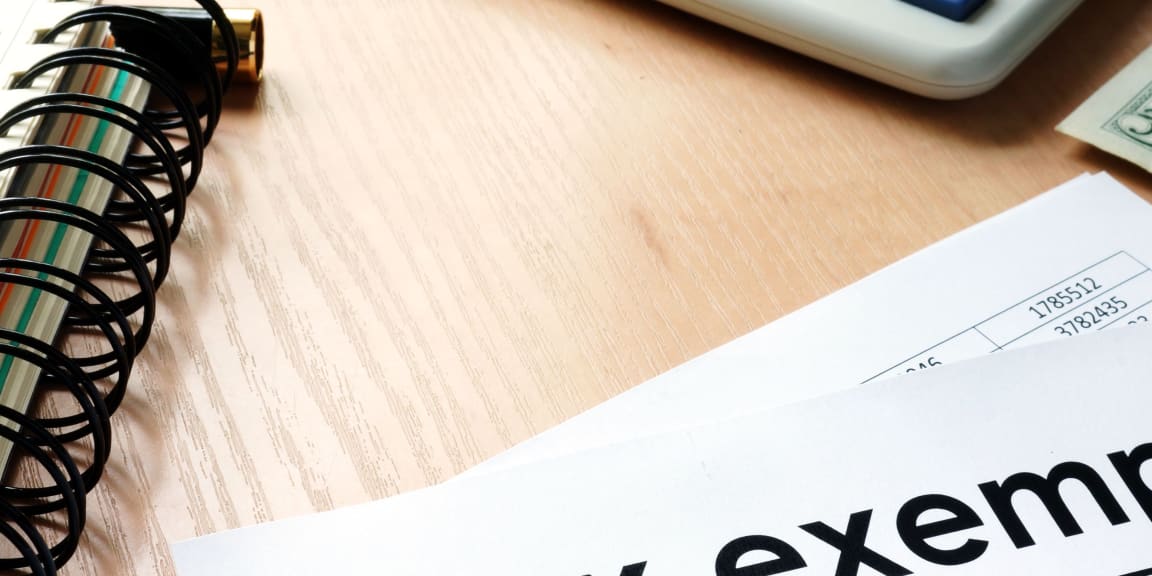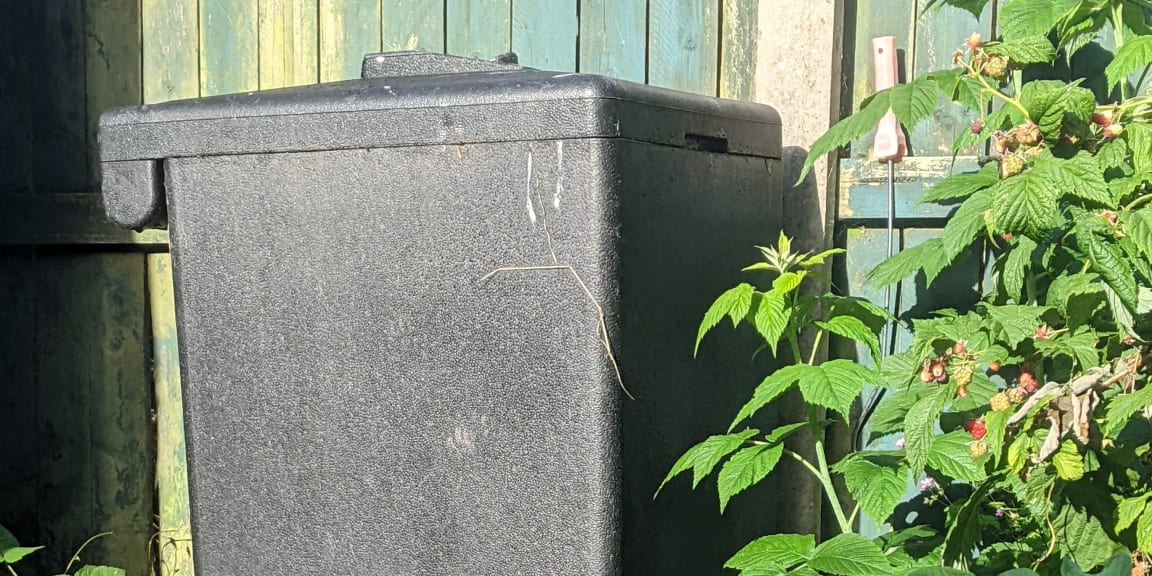
Guide to solar inverters (2026)
Inverters: what they are, how they work, and why you need one
The solar panels on your roof don't produce electricity that can be pumped straight into your kettle. Before you can use the energy captured by your solar panels, it must be converted into usable AC electricity. For that, you need an inverter. This page walks you through everything you need to know about solar inverters.
What even is a solar inverter?
When the sun shines on your solar PV panels, it creates DC electricity similar to your car battery. All homes use AC electricity, not DC. So the electricity produced by the solar panels needs to be converted for use in your home, and this is where the solar inverter comes in.
What types of solar inverters are there?
There are several types of inverters available today, including models without batteries and those designed to be installed directly underneath the solar panels.
String inverter — commonly referred to simply as an inverter, is a standard choice for systems with solar panels but no battery storage.
Hybrid inverter — commonly known as a smart battery inverter, it is similar to the above-string inverter. However, the hybrid inverter can also charge and discharge a battery. It is more expensive than a string inverter by roughly €900 - €1,100.
Microinverter- In principle, a microinverter performs the same way as a string inverter, except they are installed underneath the panel on the roof. It's like having a dedicated string inverter for each panel. The size of a microinverter is similar to an internet modem.
For systems without a battery, a string inverter is the most common solution. However, there are cases where micro-inverters are the best option (for example, when shading is an issue). For systems with a battery, a hybrid inverter is the only solution.
How do solar inverters work?
Solar inverters work in the below sequence;
DC electricity is channelled through solar PV cables from the solar PV panels.
Solar PV cables are connected directly to the solar inverter.
The solar inverter transforms the DC electricity into AC electricity.
The solar inverter sends AC electricity to the house by a dedicated AC cable from your fuse board.
Where to place your solar inverter & battery?
We offer three primary installation options to suit your preferences and home layout:
Outdoor mounting:
Attaching the inverter and battery to the external wall of your house, outdoors, is our recommended choice.
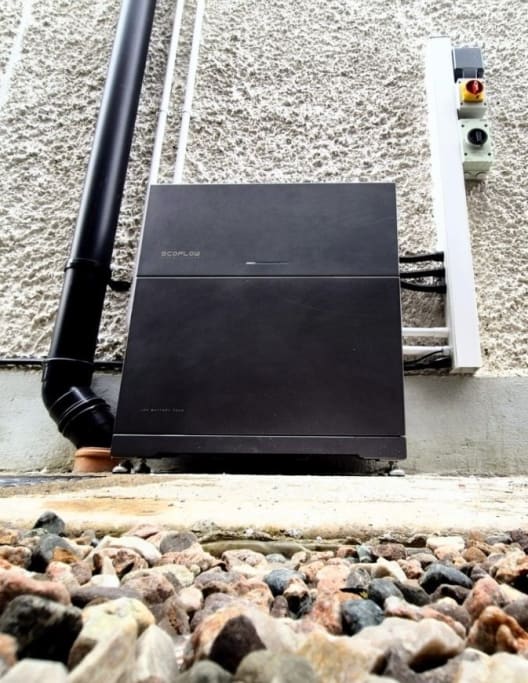
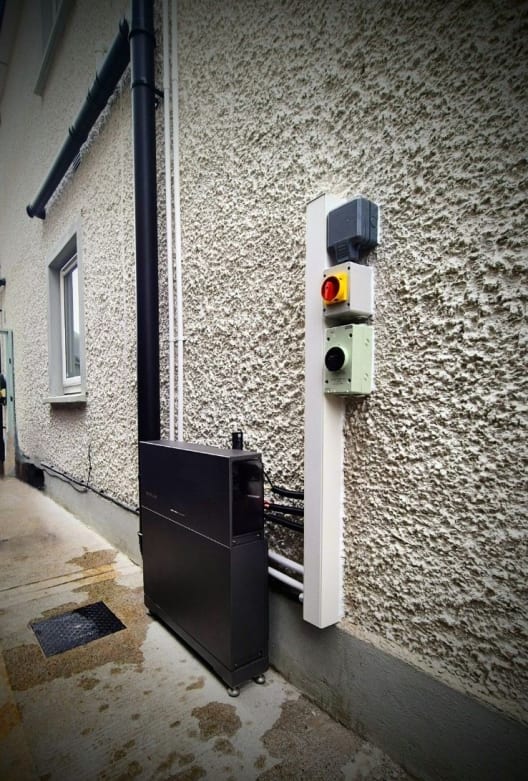
Attic:
Installing the system in your attic is another option.
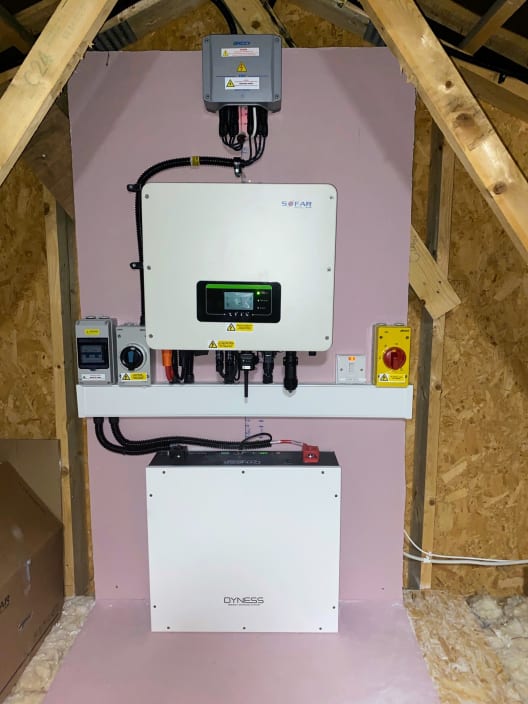

Utility room:
Placing the inverter and battery in a utility room or similar indoor area is also feasible.

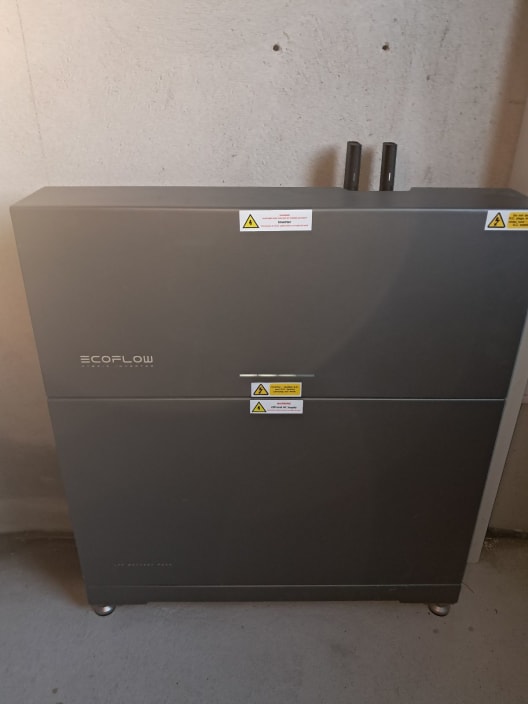
How does your home use solar power if you are also connected to the grid?
Solar inverters supply electricity at a higher voltage than the national grid. Appliances in your home are voltage-hungry and will always take the higher voltage available. Therefore, your appliances will always consume the solar electricity first.
Advanced and other questions about solar inverters
This section is for those with more advanced questions about solar storage inverters. If you have any other questions about solar inverters, please don't hesitate to get in touch.
Inverter lifespan and warranty
The lifespan of your solar inverter depends on its type, but it is an important consideration when planning and investing in your PV system.
How long do solar inverters last?
Even though solar panels can last 30 years, solar inverters have a shorter lifespan due to ageing electrical components. A standard domestic-type solar inverter will last about 10 - 15 years. Microinverters have a longer lifespan, generally ranging from 20 years to 25 years.
What is the warranty on solar PV inverters?
Solar inverters have warranties as standard, ranging from 5 to 10 years. Most solar inverter manufacturers offer extended warranties of up to 15 years for an additional fee.
How to monitor your inverter's performance?
Most solar inverters come with internet connectivity and include a smartphone app that allows you to monitor solar generation remotely.
Do solar Inverters require maintenance?
Keeping your inverter in a cool, dry place will prolong the lifespan of your inverter. Ensuring the inverter is free from any objects blocking the cooling fins at the back of the inverter or any dust or debris. Other than that, keeping an eye on your generation from time to time is all the maintenance you need.

